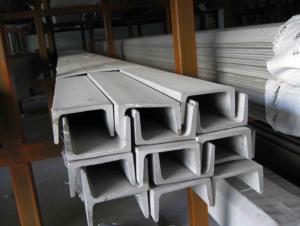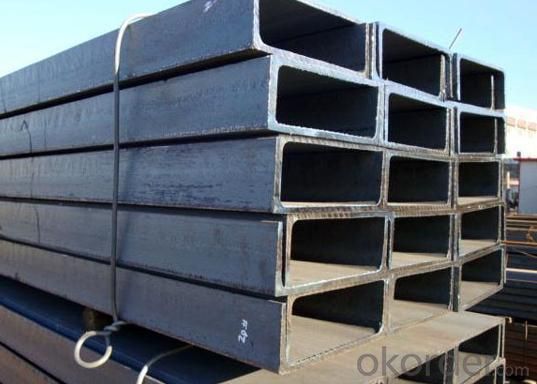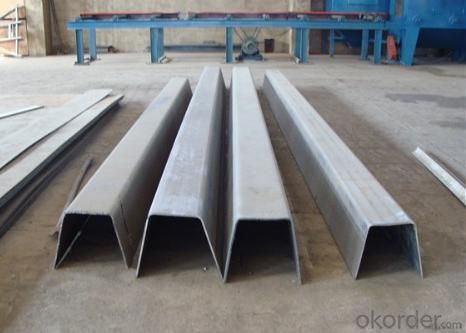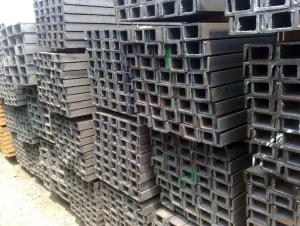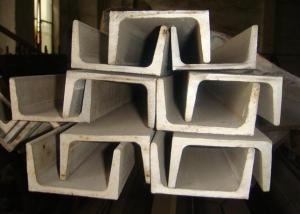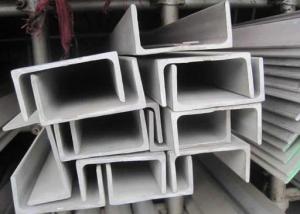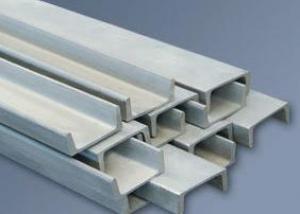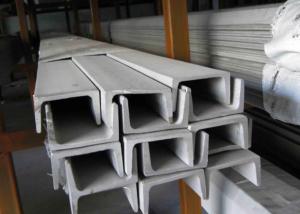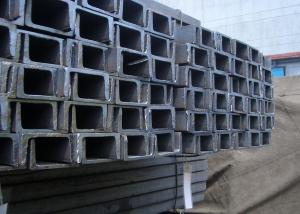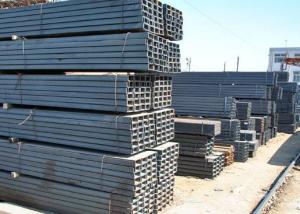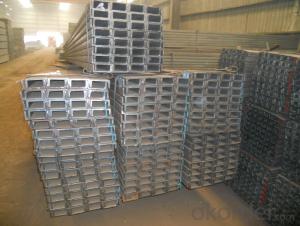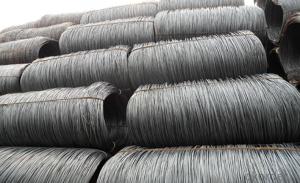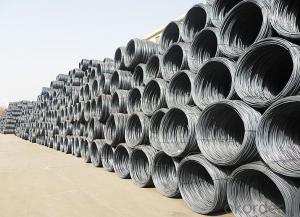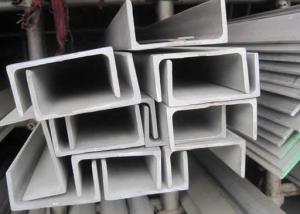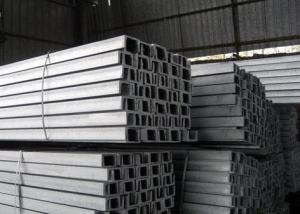Best Quality for Hot Sale Stainless Steel Channel
- Loading Port:
- China Main Port
- Payment Terms:
- TT or L/C
- Min Order Qty:
- 2MT m.t.
- Supply Capability:
- 3000MT Per Month m.t./month
OKorder Service Pledge
OKorder Financial Service
You Might Also Like
Details of Stainless Steel Channel:
Size MM | ||||
Thickness | Height | Width | ||
3 4 5 | 25 | 50 55 60 65 70 75 | ||
3 4 5 | 30 | 60 65 70 75 80 | ||
3 4 5 | 40 | 80 85 90 95 100 105 110 115 120 125 130 135 140 145 150 155 160 165 170 175 180 | ||
4 5 6 | 50 | 100 105 110 115 120 125 130 135 140 145 150 155 160 165 170 175 180 185 190 195 200 205 210 215 220 | ||
5 6 7 | 60 | 120 125 130 135 140 145 150 155 160 165 170 175 180 185 190 195 200 205 210 215 220 225 230 235 240 | ||
6 7 8 | 70 | 140 145 150 155 160 165 170 175 180 185 190 195 200 205 210 215 220 225 230 235 240 245 250 255 260 | ||
6 7 8 9 | 75 | 150 155 160 165 170 175 180 185 190 195 200 205 210 215 220 225 230 235 240 245 250 255 260 265 270 | ||
7 8 9 10 | 80 | 160 165 170 175 180 185 190 195 200 205 210 215 220 225 230 235 240 245 250 255 260 265 270 275 280 | ||
8 9 10 12 | 100 | 200 205 210 215 220 225 230 235 240 245 250 255 260 265 270 200 205 210 215 220 225 230 235 240 245 | ||
A276/A : ASTM A276/A 484M ,EN 10279 | ||||
Size MM | ||||
Thickness | Height | Width | ||
4 5 6 | 40 | 80 | ||
4 5 6 | 50 | 100 | ||
5 6 7 | 60 | 120 | ||
Tolerance: ASTM A276/A 484M , EN 10279 | ||||
Advantages of Stainless Steel Channel:
1. All products are made of high-quality imported raw materials.
2. Our products are certified by ISO9001:2008 authentication quality systems.
3. We are nominated as the AAA enterprise by Jiangsu government.
4. Quickest and most efficient Response to Your Enquiry.
Packing of Stainless Steel Channel:
1. Common Standard Export-sea Packing: Each bundle is fixed at least three times strips,
wrapped with durable PVC material.
2. Special Packing: Covered with film and packed in wooden box.
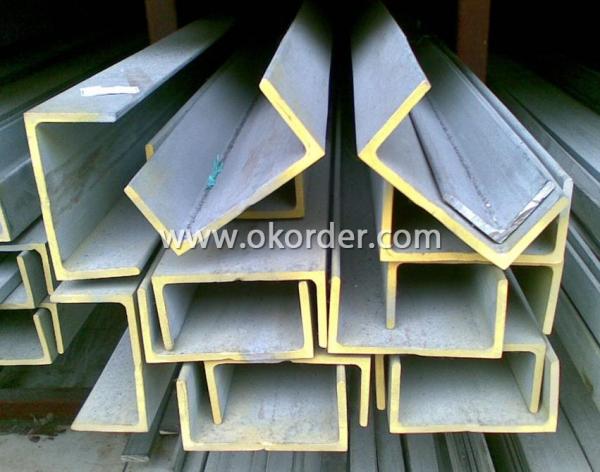
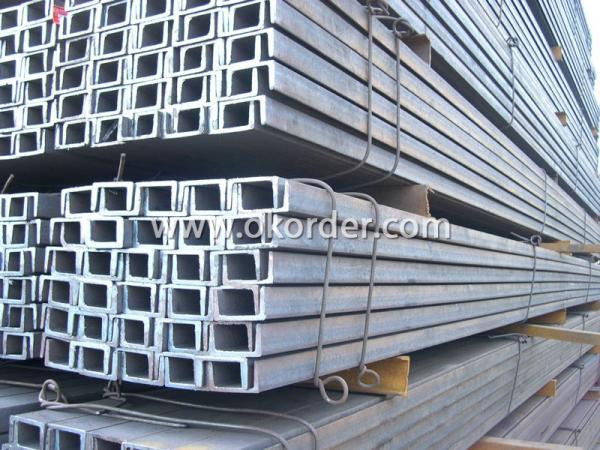
- Q: Can stainless steel channels be used in the construction of chemical storage facilities?
- Yes, stainless steel channels can be used in the construction of chemical storage facilities. Stainless steel is highly resistant to corrosion, making it an ideal material for storing and handling various chemicals. It offers excellent resistance to a wide range of chemicals, including acids, alkalis, and solvents. Stainless steel channels provide structural support and can be used to create shelving, racks, and other storage systems within the facility. Additionally, stainless steel is durable, easy to clean, and has a long lifespan, making it a cost-effective choice for chemical storage facilities.
- Q: Are stainless steel channels available in different shapes other than c-channels and u-channels?
- Stainless steel channels, apart from c-channels and u-channels, come in a range of shapes. Z-channels, J-channels, hat channels, and custom-designed channels are among the frequently used alternative shapes. These diverse shapes cater to the specific needs of various industries like construction, automotive, manufacturing, and aerospace. By having an array of shapes to choose from, design and construction projects gain enhanced versatility and flexibility.
- Q: What are the options for joining stainless steel channels?
- There are several options for joining stainless steel channels, including welding, bolting, adhesive bonding, and using mechanical fasteners such as screws or rivets. The choice of method depends on factors such as the application, load requirements, and desired aesthetics.
- Q: What are the environmental benefits of using stainless steel channels?
- Using stainless steel channels has several environmental benefits. Firstly, stainless steel is highly durable and long-lasting, which means that the channels will require fewer replacements over time, reducing the overall material consumption and waste generation. Additionally, stainless steel is a recyclable material, and using stainless steel channels promotes a circular economy by allowing the steel to be recycled and reused, reducing the need for new raw materials. Moreover, stainless steel has excellent corrosion resistance, reducing the need for chemical coatings or treatments that may be harmful to the environment. Finally, stainless steel is non-toxic and does not release harmful substances into the air or water, making it a safer and more environmentally friendly choice compared to other materials.
- Q: Can stainless steel channels be used in the construction of handrails?
- Yes, stainless steel channels can be used in the construction of handrails. Stainless steel channels provide durability, strength, and resistance to corrosion, making them suitable for outdoor and indoor applications. They can be easily fabricated to meet the specific design requirements of handrails and offer a sleek and modern aesthetic.
- Q: Are stainless steel channels suitable for food processing or pharmaceutical industries?
- Yes, stainless steel channels are suitable for food processing and pharmaceutical industries. Stainless steel is highly resistant to corrosion, easy to clean, and does not react with most food or pharmaceutical substances. It also has excellent mechanical properties and can withstand high temperatures, making it a reliable choice for these industries.
- Q: Are stainless steel channels suitable for use in the oil and gas industry?
- Yes, stainless steel channels are suitable for use in the oil and gas industry. Stainless steel is known for its high corrosion resistance, durability, and strength, making it an ideal material for applications in harsh environments like the oil and gas industry. Stainless steel channels can withstand extreme temperatures, pressure, and exposure to corrosive substances, ensuring reliable performance and longevity in this industry.
- Q: Are stainless steel channels resistant to staining or discoloration from exposure to sunlight?
- Indeed, stainless steel channels exhibit resistance against staining or discoloration when exposed to sunlight. The exceptional resistance of stainless steel to corrosion, oxidation, and staining is attributed to its elevated chromium content. The presence of chromium enables the formation of a safeguarding layer on the steel's surface, impeding any interaction with sunlight or other external elements. Consequently, stainless steel channels prove themselves as resilient and enduring options for outdoor applications that entail sun exposure. Moreover, stainless steel further withstands fading, ensuring a uniform appearance even after extensive exposure to sunlight.
- Q: Are stainless steel channels resistant to scaling or oxidation?
- Yes, stainless steel channels are resistant to scaling and oxidation. Stainless steel is known for its excellent corrosion resistance properties, including resistance to scaling and oxidation. This is primarily due to the presence of chromium in stainless steel, which forms a passive oxide layer on the surface of the material. This oxide layer acts as a protective barrier, preventing further oxidation or scaling. As a result, stainless steel channels are highly durable and can withstand high temperatures and harsh environments without succumbing to scaling or oxidation.
- Q: How do you join stainless steel channels?
- To join stainless steel channels, there are several options available depending on the specific requirements and desired strength of the joint. One common method is welding, which involves heating the edges of the channels and fusing them together using a welding electrode or filler rod. This creates a strong and durable joint that is suitable for various applications. Another option is using mechanical fasteners such as bolts, screws, or rivets. This method involves drilling holes through the channels and securing them together using the chosen fasteners. Mechanical fasteners provide a quick and easy way to join stainless steel channels, but may not offer the same level of strength as welding. Adhesive bonding is another alternative for joining stainless steel channels. Specialized adhesives designed for stainless steel can be applied to the surfaces to be joined, and then the channels are pressed together and allowed to cure. This method can provide a strong and aesthetically pleasing joint, but it is important to ensure that the adhesive used is compatible with stainless steel and suitable for the intended application. Ultimately, the choice of joining method depends on factors such as the strength requirements, aesthetics, ease of installation, and the specific application of the stainless steel channels. It is always recommended to consult with a professional or refer to the manufacturer's guidelines for the best joining technique to ensure a secure and reliable connection.
1. Manufacturer Overview
| Location | Jiangsu, China |
| Year Established | 2010 |
| Annual Output Value | above US$8 million |
| Main Markets | East Asia, Middle East, West Europe |
| Company Certifications |
2. Manufacturer Certificates
| a) Certification Name | |
| Range | |
| Reference | |
| Validity Period |
3. Manufacturer Capability
| a) Trade Capacity | |
| Nearest Port | Shanghai |
| Export Percentage | |
| No.of Employees in Trade Department | above 50 people |
| Language Spoken: | English, Chinese, Arabic |
| b) Factory Information | |
| Factory Size: | about 15000 square meter |
| No. of Production Lines | above 4 |
| Contract Manufacturing | OEM Service Offered,Design Service Offered |
| Product Price Range | Average |
Send your message to us
Best Quality for Hot Sale Stainless Steel Channel
- Loading Port:
- China Main Port
- Payment Terms:
- TT or L/C
- Min Order Qty:
- 2MT m.t.
- Supply Capability:
- 3000MT Per Month m.t./month
OKorder Service Pledge
OKorder Financial Service
Similar products
Hot products
Hot Searches
Related keywords
